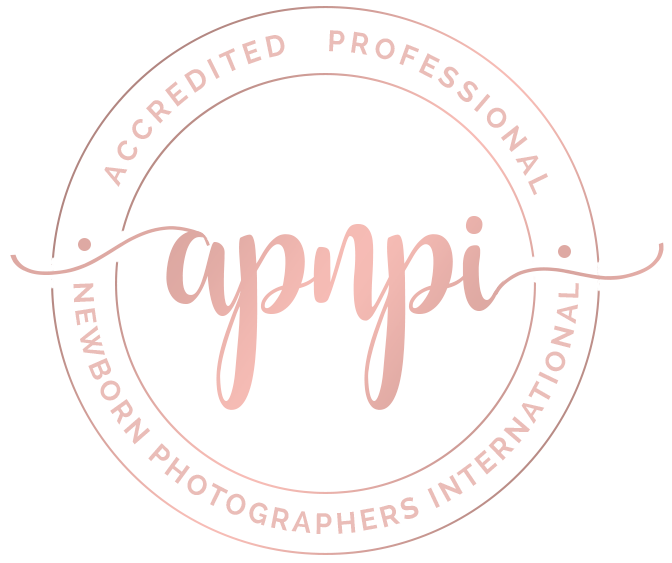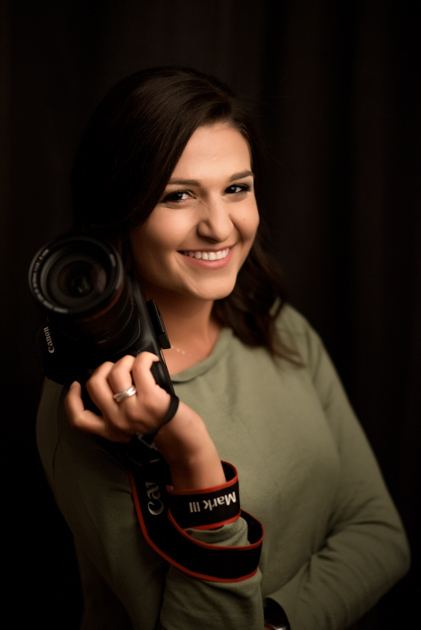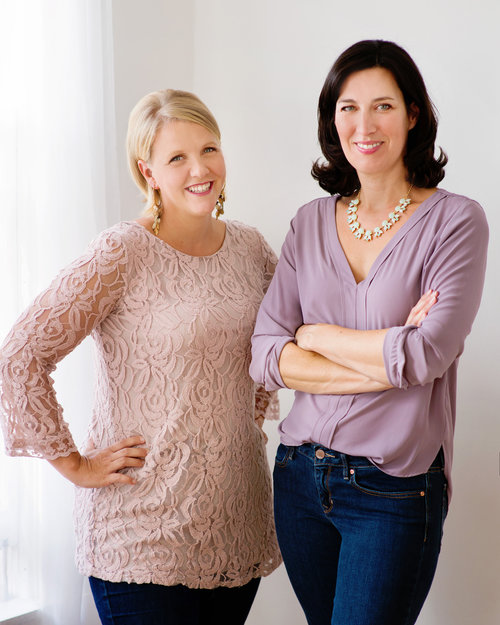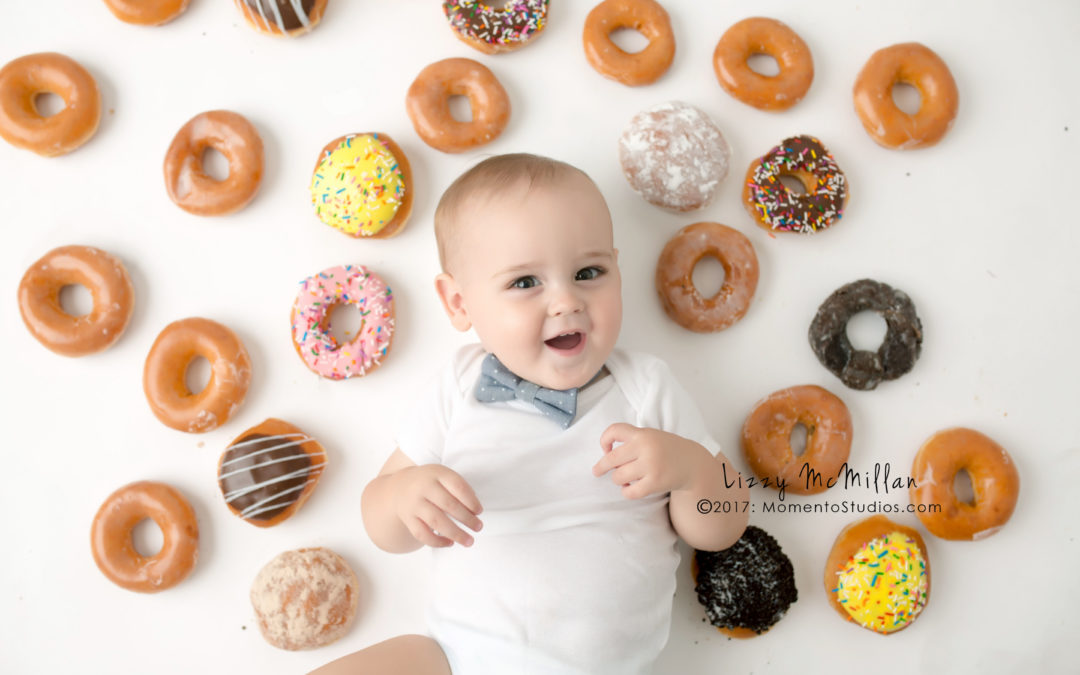

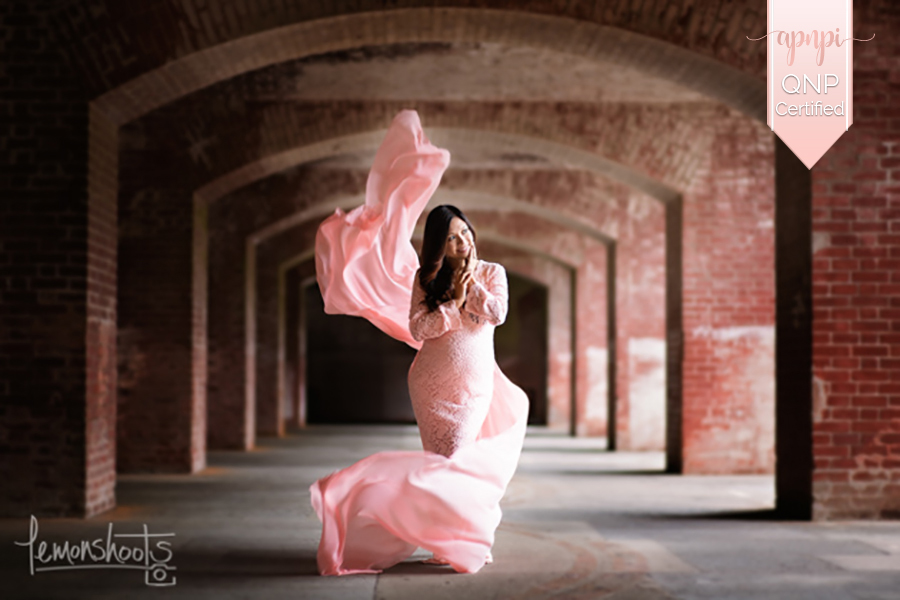
Certified Newborn Photographer Marcela Limon
Written by: Marcela Limon
APNPI
Earlier this year I learned about a photographers association called APNPI (Accredited Professional Newborn Photographers International). This association was created by talented and experienced newborn photographers – including Stephanie Robin (the queen of newborn safety) – with the purpose of making our industry better and safer.
As of today, newborn photography is not regulated at all and anyone with a camera and a basket can call themselves newborn photographers. The reality is that newborn babies are the most fragile human beings, and handling and posing them means there’s a lot of responsibility in our hands. Sadly, there are some photographers who don’t take newborn safety seriously. Newborn physiology, their reflexes and their inmune systems, newborn posing and image compositing (like the example to the right) should be part of every aspiring photographer’s learning agenda.
That’s where APNPI comes in. In an effort to educate newborn photographers in best practices and new parents in how to choose their photographer, this association is the new go-to place to find all the resources you need regarding your newborn photography session.
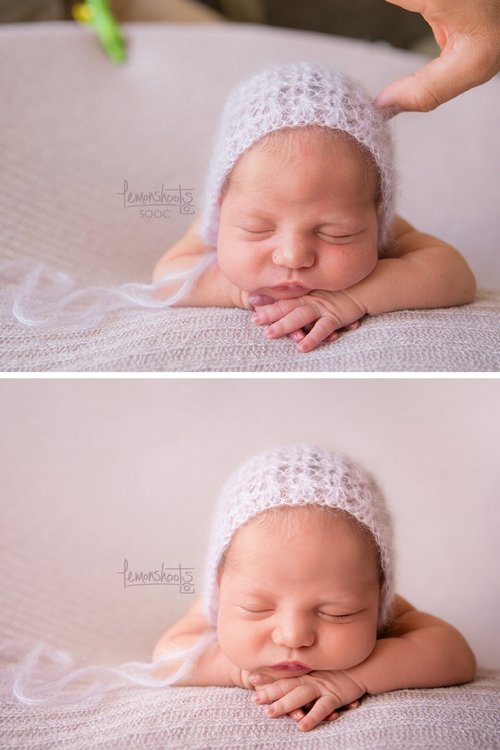
Can I be a little braggy for a sec?
A few days back, I announced through a Facebook Live Video that I had passed my QNP (Qualified Newborn Photographer) application and that I am now a Certified Newborn Photographer through APNPI. This is a big deal! There are just 19 of us for now worldwide! Obtaining this Certification was not easy at all; it requires photographers to be licensed and insured; to prove that we know our lighting, composition and posing techniques; that we have been trained by experienced photographers; that we know how to pose a baby alone, with siblings and with parents; that we can work in different scenarios with consistency in style and that we have happy clients telling their friends about our services. For this I had to submit very detailed paperwork along with tons of images that showed my experience. It was an extensive application process! And I’m very proud to share with you this press release:
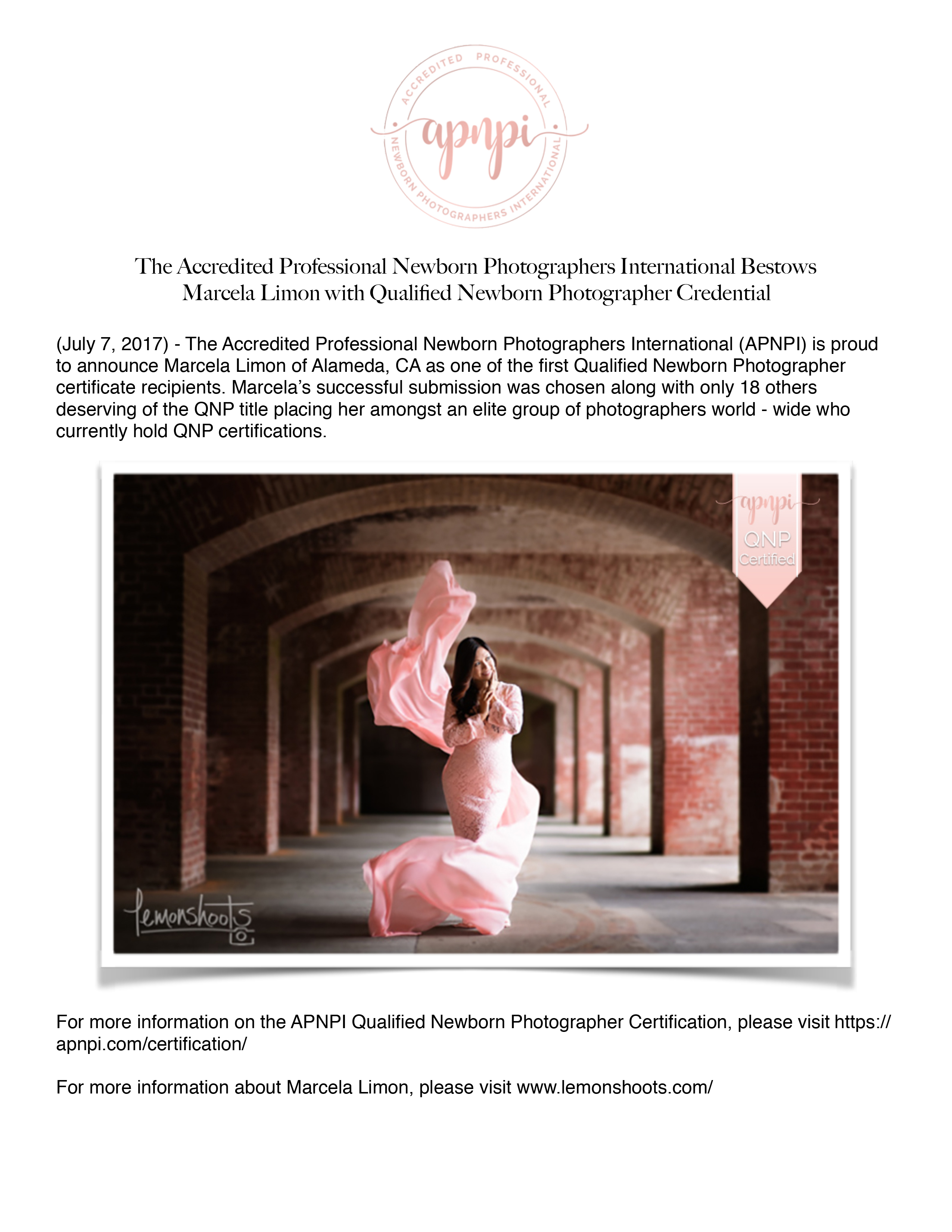
And as much as I’m in celebration mode right now, there’s still a lot to do next. I’ll continue working to get accreditations in different areas of photography, like maternity, posed newborn and macro. This will take time, but every challenge requires hard work, patience and perseverance. As I have said before, this association is not here to charge us a membership fee and give us a seal. We have to earn our professional levels. And that’s what I’ll do.
The importance of YOU taking action too
You, as a parent, can help in making the newborn photography industry better too. When looking for a newborn photographer, don’t settle for one that does not take it seriously. You might put your baby at risk without even knowing it! Ask your photographer about their business and their practices. He or she should have no problem in answering these questions (based on this APNPI’s blogpost):
- How many years in business and approximately how many babies has she handled up to this point?
- Where has she trained and with whom?
- What are the safety practices she takes into consideration during her sessions?
- Will your newborn be supported by human hands in all upright positions as well as any poses requiring suspension?
- Does she work with an assistant or provide spotters at her newborn sessions? Or will she allow you to spot your baby during a session?
- What will happen in the case of illness, the photographer’s own or otherwise?
- Is she up to date with vaccinations?
- Is her business licensed and insured?
You should invest enough time, thought and research when looking for your newborn photographer. Make sure you are giving your baby to someone that understands newborns and that will treat your little treasure with all the delicacy and respect that they deserve. If you want to find a Certified Newborn Photographer in your area, make sure to visit apnpi.com.
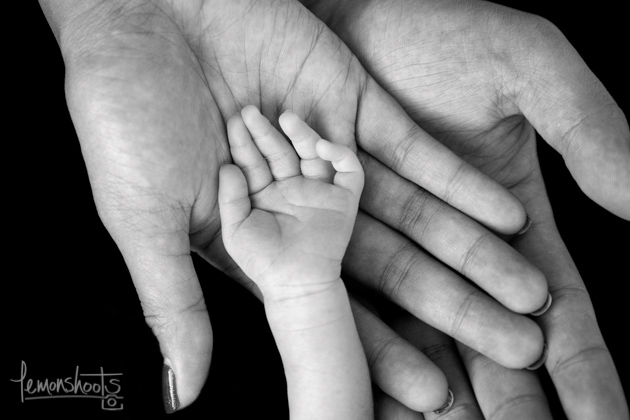
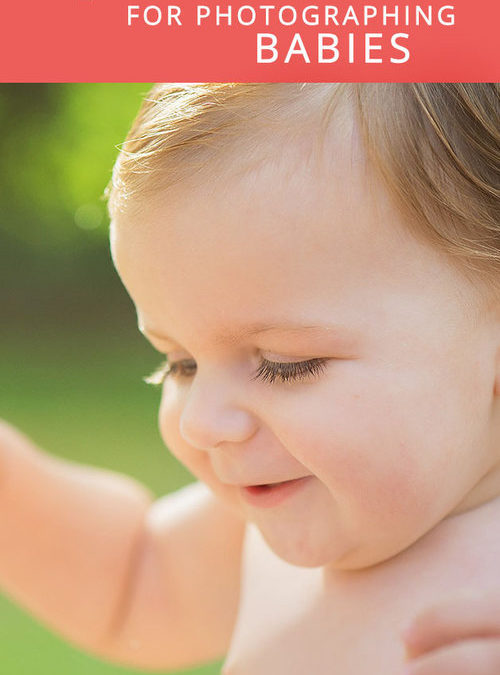
Take Better Photos of Baby
Written by: Amy Tripple and Heidi Peters
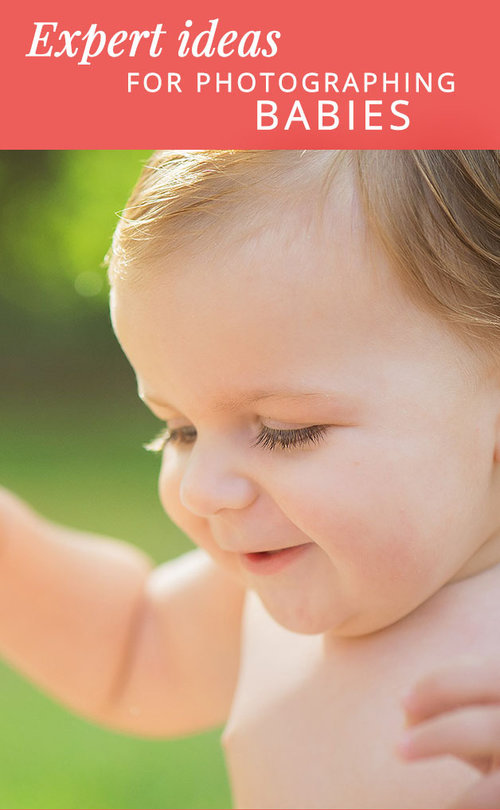 Babies are simply scrumptious to photograph, whether it be a with dslr or an iphone. Creating bright, beautiful pictures is something any parent can achieve. Here are tips from two professional photographers that will work with any camera:
Babies are simply scrumptious to photograph, whether it be a with dslr or an iphone. Creating bright, beautiful pictures is something any parent can achieve. Here are tips from two professional photographers that will work with any camera:
Pick your time
Babies are easiest to photograph when they are fed, dry, warm and content. Grab your camera when you and your baby are relaxed. Let your baby ‘do their thing’ while you simply enjoy a few minutes observing and snapping pictures. If after a while your baby is ready to do something else, put away the camera until another opportunity arises.
Find the light
Most homes have an area that receives plentiful, indirect light. Scope out your home to find this spot! It will probably be near a large, unobstructed window. The more light you have available, the greater chance of capturing images which show off your baby’s beautiful features. Our favorite strategy is to clear a space in a bright area and lay down a few quilts or blankets on the floor. Avoid using a space with harsh direct sunlight.
Declutter
Don’t be afraid to move distracting furniture like lamps and chairs out of the way temporarily. These objects may create unwanted shapes in the background of your picture and draw the focus away from your baby.
Keep it real
When you look back years later, the most meaningful pictures will be those that truly captured a time and place. Photographing your baby with quirky props will not stir memories of how those first few months really felt.
Dress simply, or not at all!
Avoid “dressing up” your baby in adult style clothes which are gimmicky and will not stand the test of time. Likewise, try not to photograph your baby in a car seat or bouncer since they are typically upholstered with brightly patterned fabric. If in doubt, take off baby’s clothes (leaving the diaper on), swaddle your little one in a solid colored blanket, and lay him on a simple quilt.
Get those details
Take a moment to zoom in on special details like fingers, toes, ears, eyelashes and lips. Because these features change quickly, it is fun to photograph them as your baby grows.
Safety first
It should go without saying that photographing your baby should not involve risk. Never place your baby in a pose that could be harmful. Any unnatural pose that puts strain on his neck or back should be absolutely avoided. Likewise, do not set your baby in a location where it could roll or fall. To eliminate risk, clear a space on the floor and lay down some blankets, or capture images while your baby is in a bassinet or crib. Perhaps the best and safest place of all to photograph your baby is in the arms of a loved one.
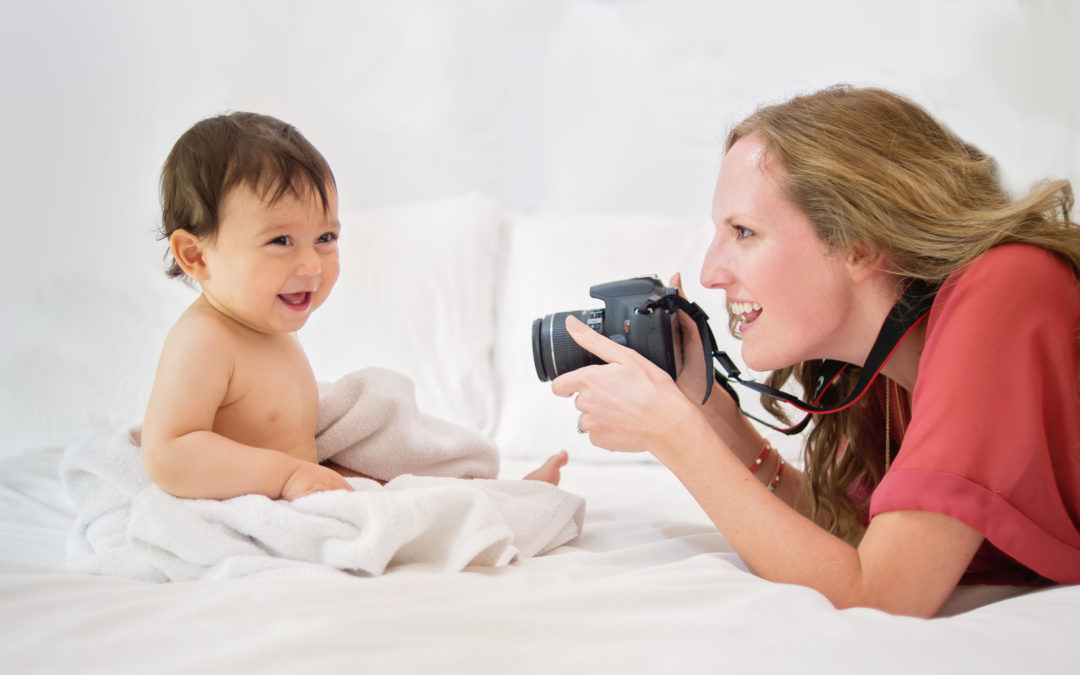
Capturing Your Baby
Written by: Heidi Peters and Amy Tripple
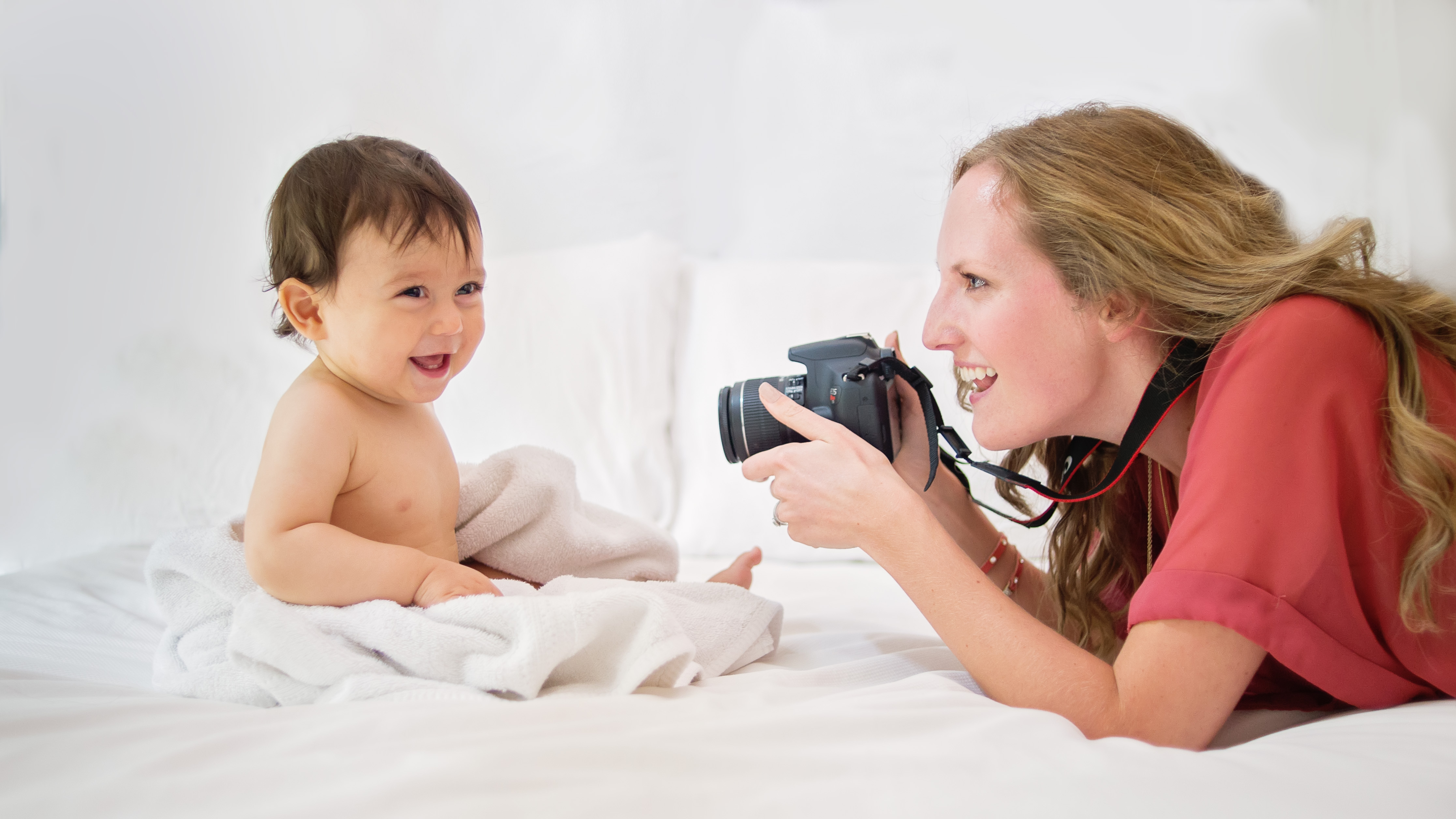
Capturing your baby
Get low
Have you ever noticed that the best teachers, pediatricians, babysitters, etc. will always lower themselves to the height of the child they are speaking with? What these gifted child-whisperers know is that children engage best when approached face-to-face. When photographing your baby, you’ll find that the images you take will be significantly more interactive and authentic when shot from their level. This may mean that your baby is not the only one who needs her daily tummy time!
Shoot continuously
As your baby develops, he will begin interacting with the world around him with a widening spectrum of emotions. To capture the fast-changing faces that reflect your baby’s moods, be sure to set your camera to “continuous release mode.” Even if you are shooting with a camera phone, there is usually a burst mode that allows you to capture multiple pictures in rapid sequence. The more pictures you take, the better the chance you’ll have one that truly captures your little one’s developing personality.
Stay positive
Babies are masters of mimicry and continuously feed off of the emotions of those around them. As your baby’s main photographer, remember to stay positive when you’re capturing pictures of your little one. Often, babies will only smile in response to another smile, which means you may find yourself playing peek-a-boo from behind your camera to get those sweet, toothless grins. Whatever you do, be sure to keep your feelings of frustration at bay as you take pictures of your baby so you don’t transfer any fussiness to your little subject.
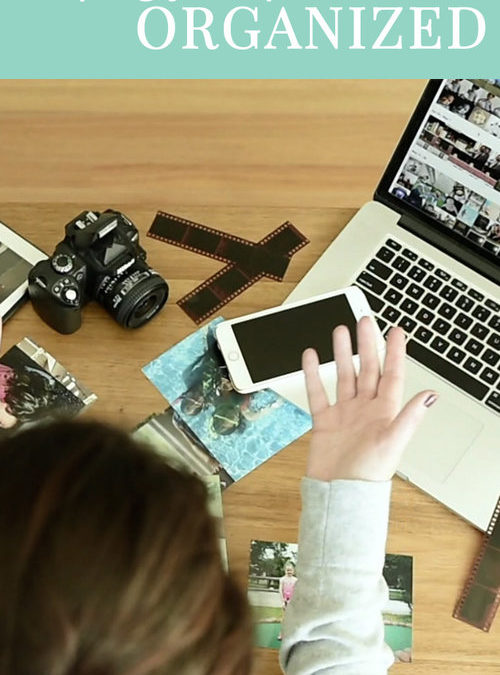
Keeping Your Pictures Organized
Written by: Heidi Peters and Amy Tripple
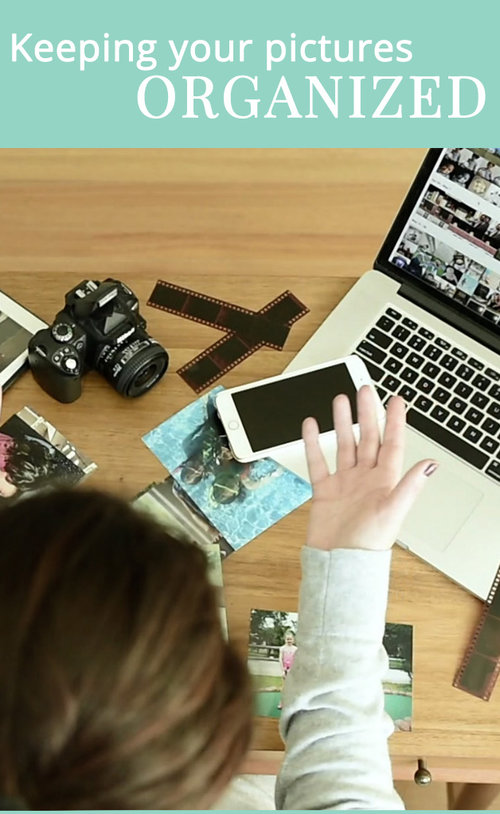 Avoid getting bogged down by your hobby
Avoid getting bogged down by your hobby
Being organized is not glamorous. No one will compliment for your amazing organization skills. But did you know that being organized makes the creative process much more enjoyable and fulfilling?
FIRST THINGS FIRST
There is nothing more heartbreaking than losing your precious images. Computers do crash — usually at the most inopportune moment. This is the least glamorous but the most important step of being organized, so do your backup FIRST. Decide on a location to store your images besides your computer hard drive and set up a way to automatically backup to this place. You can choose to use an external hard drive or an online service like Dropbox, Amazon Prime, Google, Flickr, iCloud, or the myriad of other services out there. Best practice is to use both and external hard drive and online service. If you haven’t already, back up everything NOW.
NEXT, SET UP A HIERARCHY
The next step is decide a way to keep your images in some kind of order. We use dates and keywords. Pictures are organized in folders by year and month. Within each month, pictures are organized by topic. Within each topic is a folder for all the shots right off the camera and another folder for pictures that have been chosen to be printed.

USE TAGS
If you use Lightroom, iPhoto, Aperture or other organizational software you also have the option of tagging your images with keywords. This is an invaluable tool for finding your pictures quickly in the future. It’s pretty likely that your kids are going to need pictures for school projects at very short notice. (Like, 10 minutes before you are trying to head out the door to get to school on time. Perhaps you can relate?) The ability to locate and pull up pictures quickly really does have real-life benefits, its not just for pro photographers.
A FEW SPECIAL SHOTS
Every once is a while you make magic. You know right at the moment that you click the shutter that you’ve got a display-worthy shot. These are the pictures that shouldn’t wait until later to get printed. They deserve special treatment. Get those printed, framed and up on the wall right away!
IN CLOSING
It’s easy to be overwhelmed by the sheer volume of images your photography hobby involves, but remember that family photography is just that, a hobby. You do it for fun. Do NOT get bogged down in perfection; instead, make it a point to get a system in place so that you can keep shooting and ultimately get your images into the hands of your kiddos. Be organized or you’ll soon find yourself under a pile of digital images that will feel more like a burden instead of the sweet memories that they are.
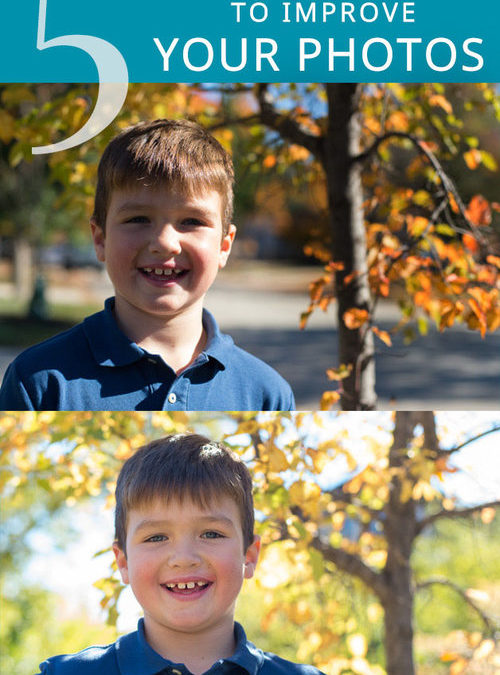
5 Easy Tips to Improve Your Photos
Written by: Amy Tripple and Heidi Peters
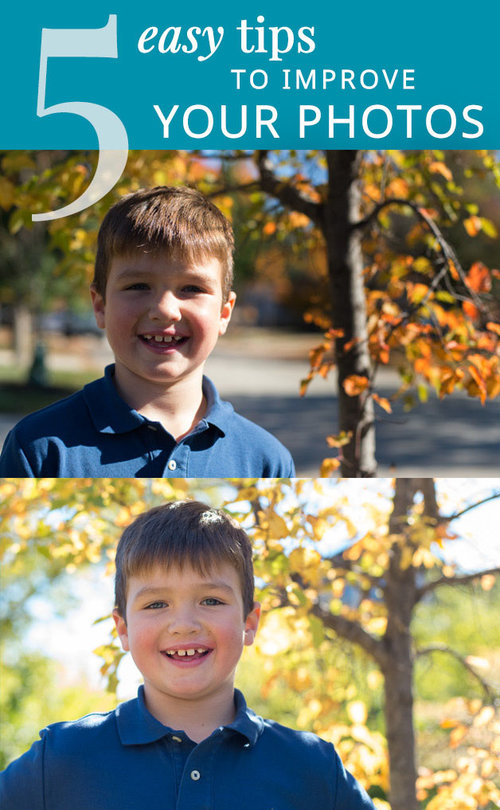 5 Easy Tips to Improve Your Photos
5 Easy Tips to Improve Your Photos
1. Straighten your horizon
A crooked picture just feels… weird. You can solve many problems of composition by keeping an eye on your horizon. You’ll be able to frame up the other parts of your image more thoughtfully if you start with a straight shot.
2. Get lower
Can you think of anything less compelling than a picture of the top of someone’s head? It’s hard to capture a lot of emotion from this perspective! If you are photographing someone smaller than you, like say, your child, get down to his level so that the picture will show some expression. Getting lower has the added benefit of changing the overall perspective of the shot to make it more dynamic and include more background information.
3. Go off-center
Putting your subject front and center in an image is boring. The most powerful points in an image are 1⁄3 across or 1⁄3 up or down, not in the middle. Try creating an image where the subject is not in the center and you will see that it suddenly is much more interesting.
4. Notice shadows
It’s a sunny day, perfect for pulling out the camera and grabbing a few special shots. But when you look at your images it’s painfully obvious that the sun has cast dark shadows into your subject’s eye sockets, giving her a raccoon-like appearance. Before clicking the shutter, have a good look at the direction of the sun. Is it casting strange shadows? Is your child squinting from facing the sun directly? The easiest fix it to find an area that is in total shade. If you can’t do that, try keeping the sun at your subject’s back.
5. Use your manual zoom
There is a powerful piece of photography equipment that you may not even know you own. Have you discovered it? It’s your legs! Rather than cranking your zoom lens, make your images better by moving yourself to a new position. Closer, further, higher, lower. Putting yourself at the ideal vantage point will ultimately give your pictures better composition, cropping and exposure.
